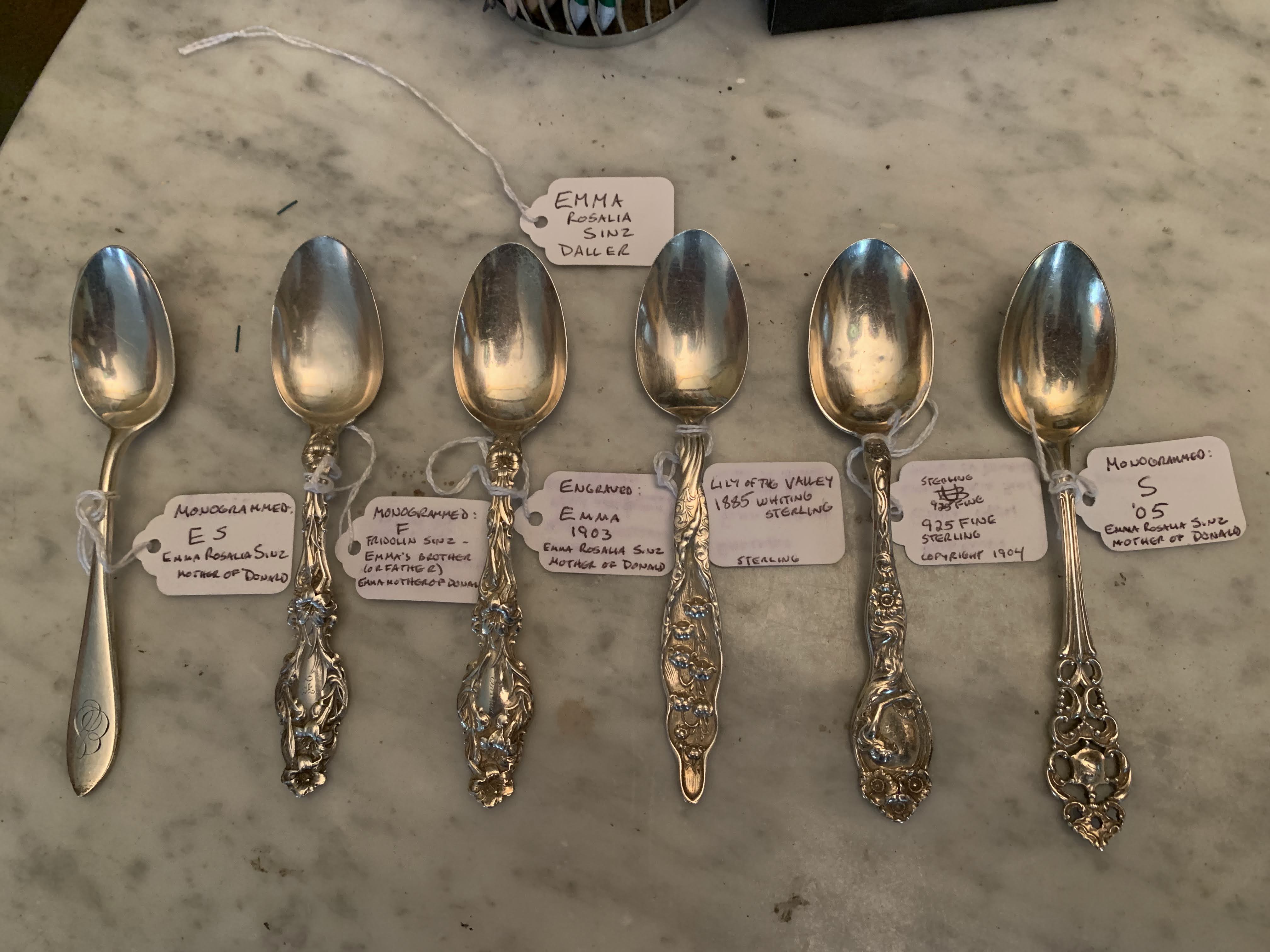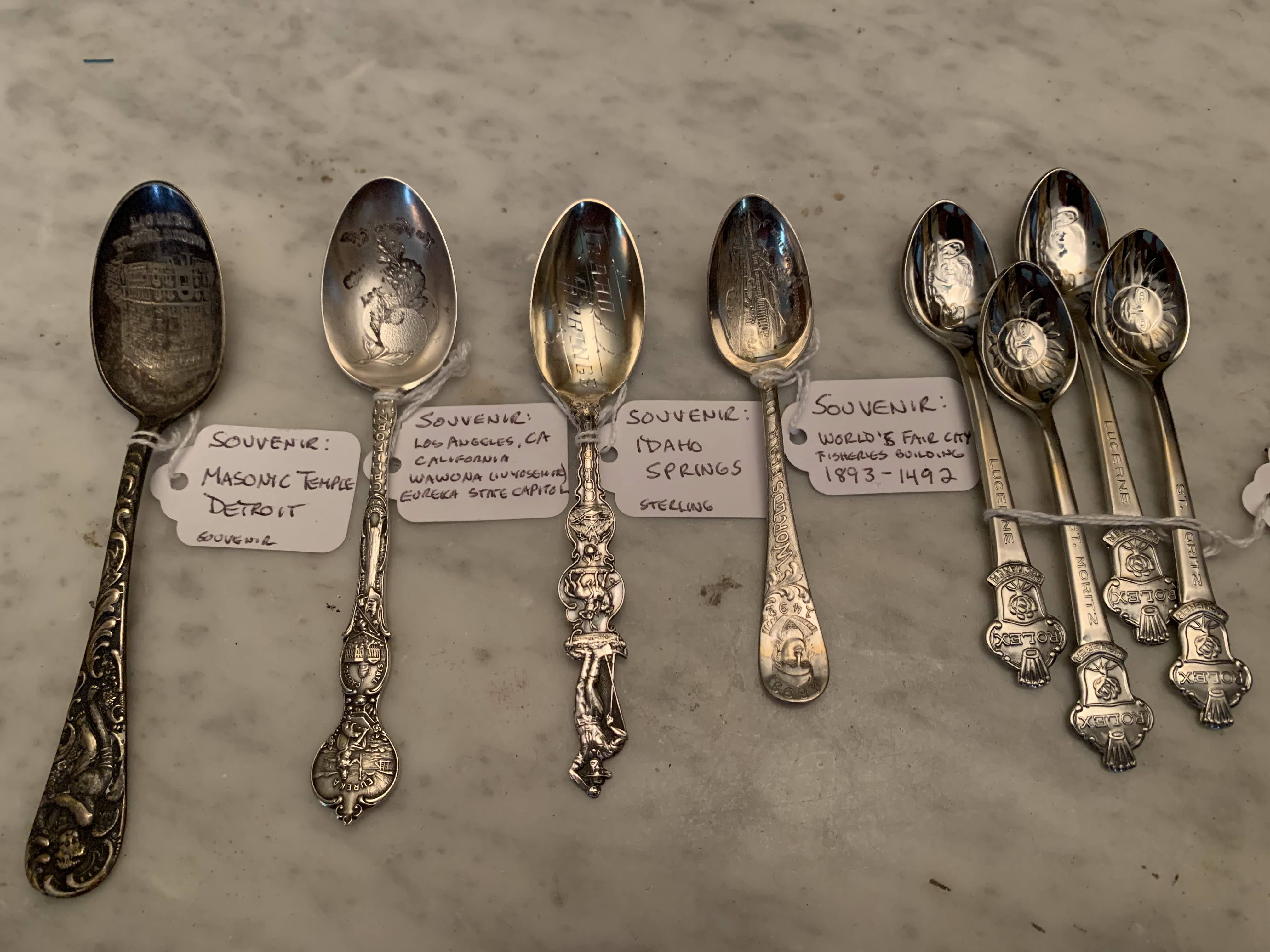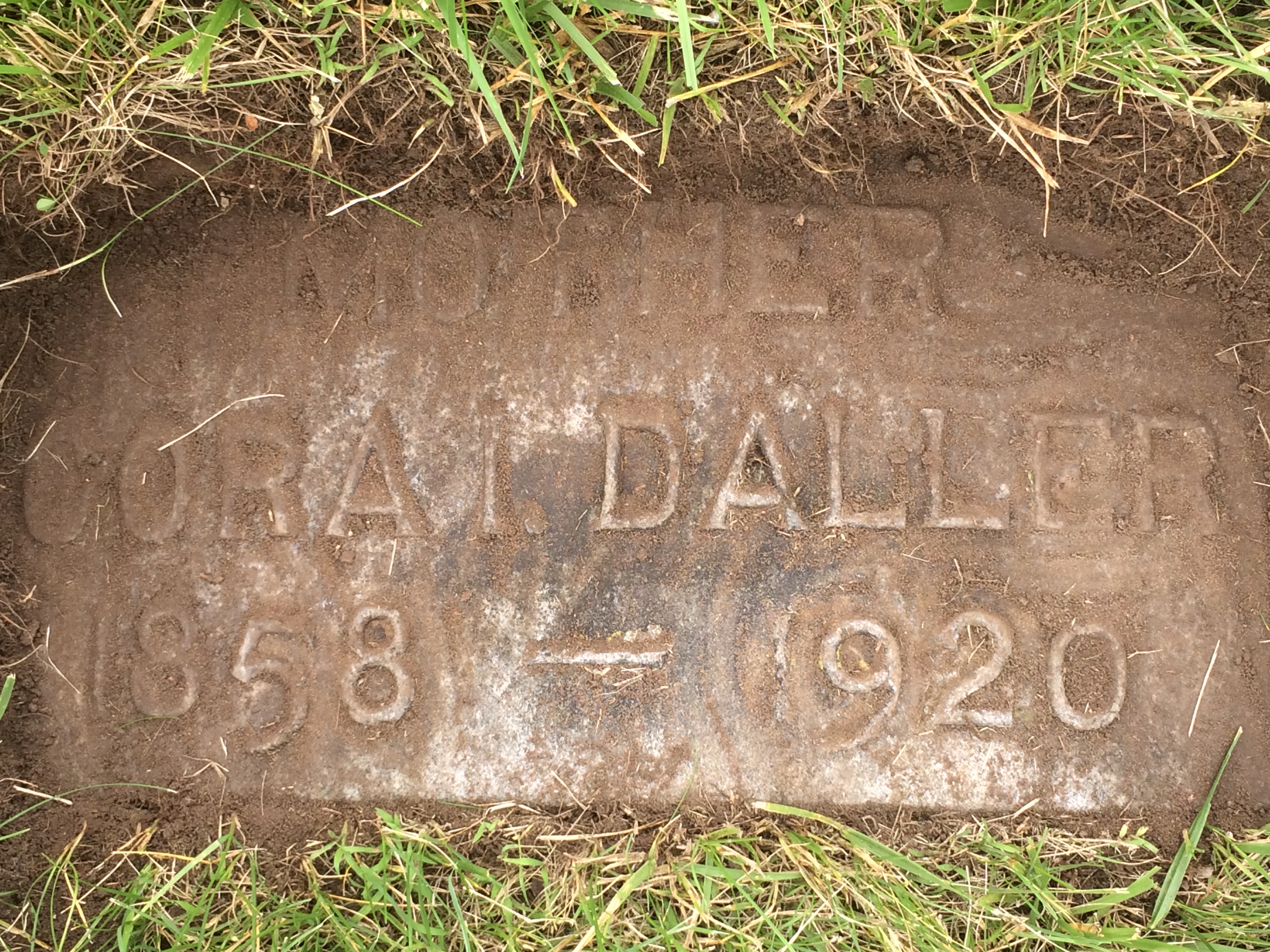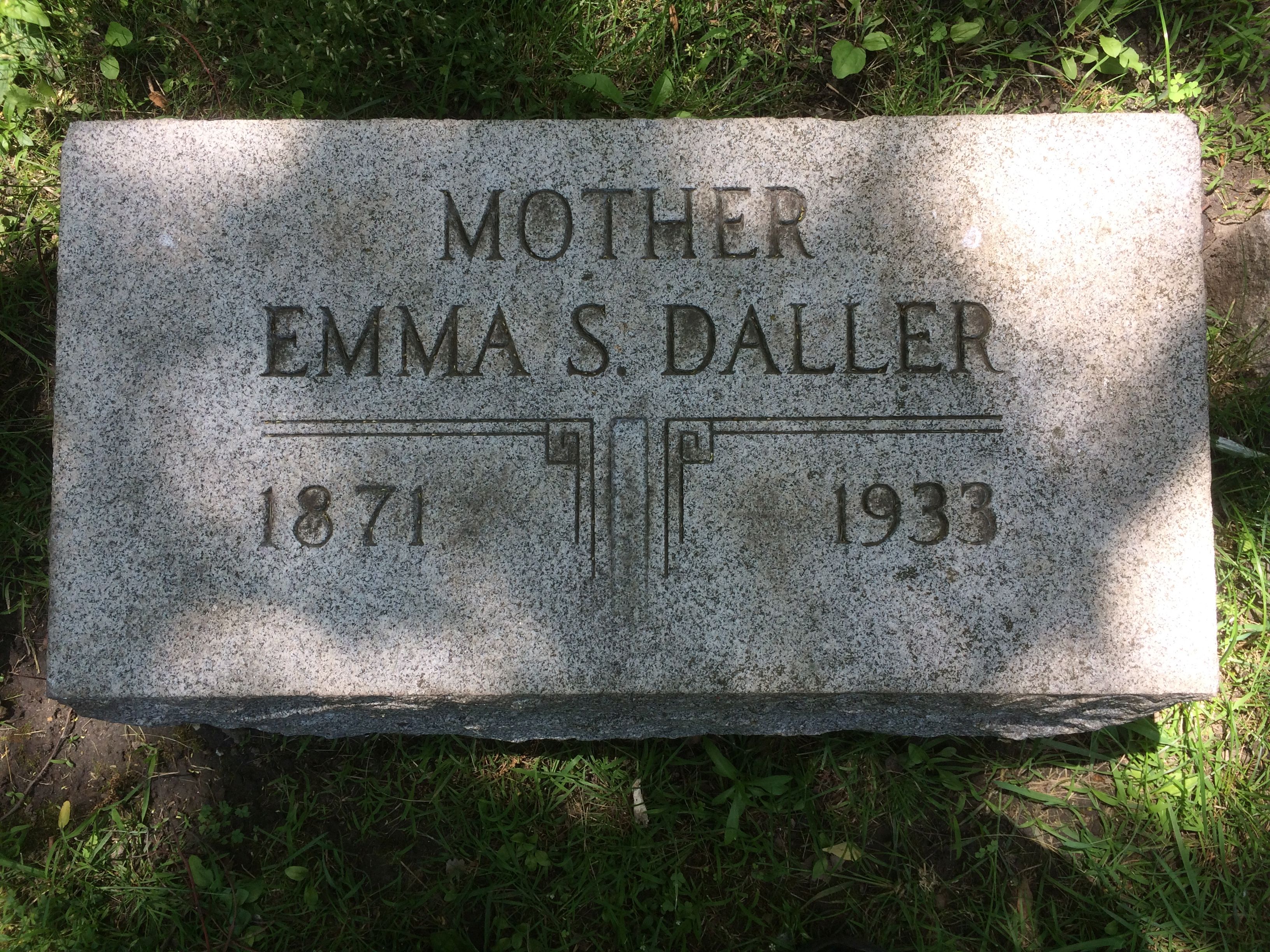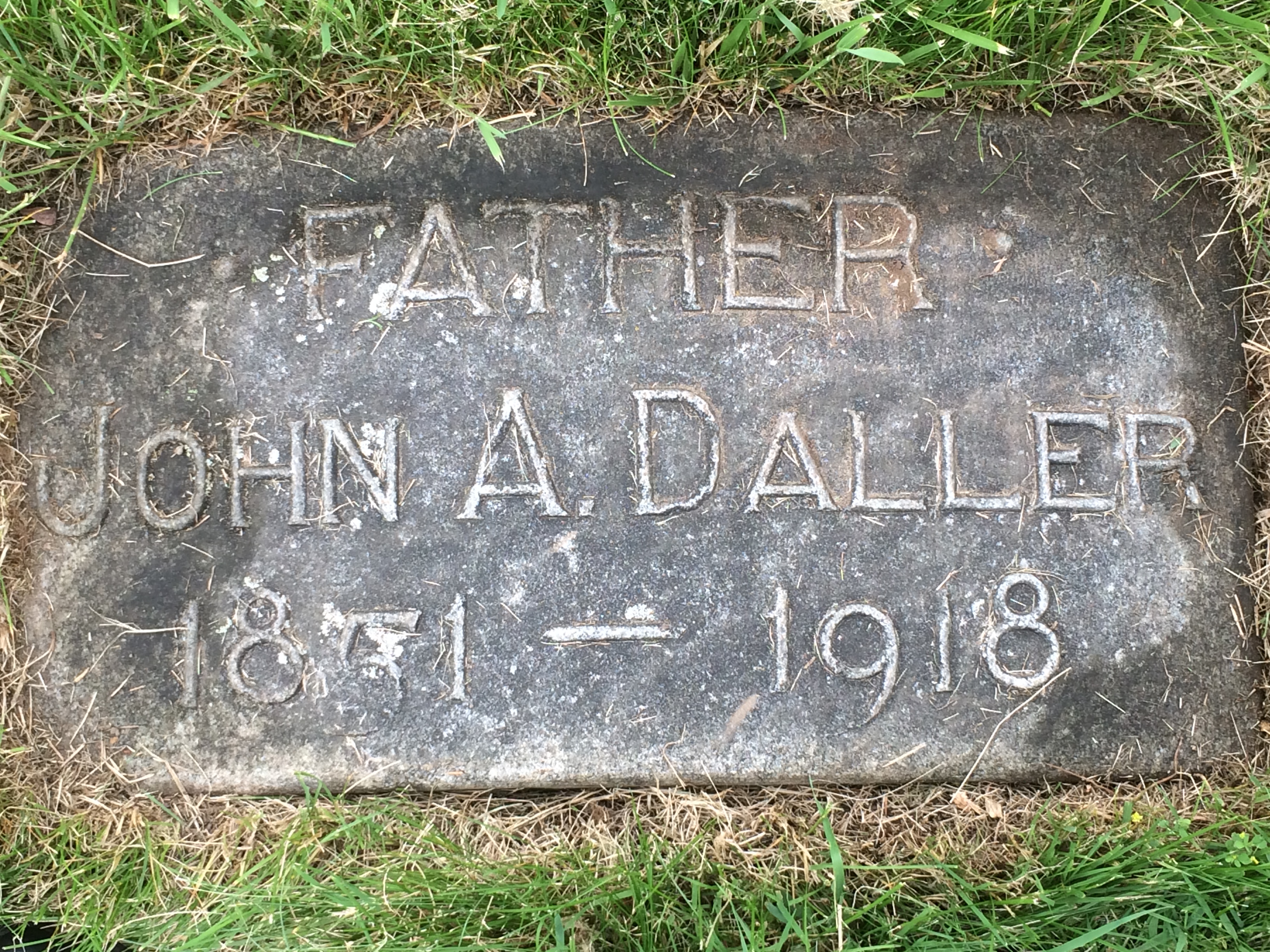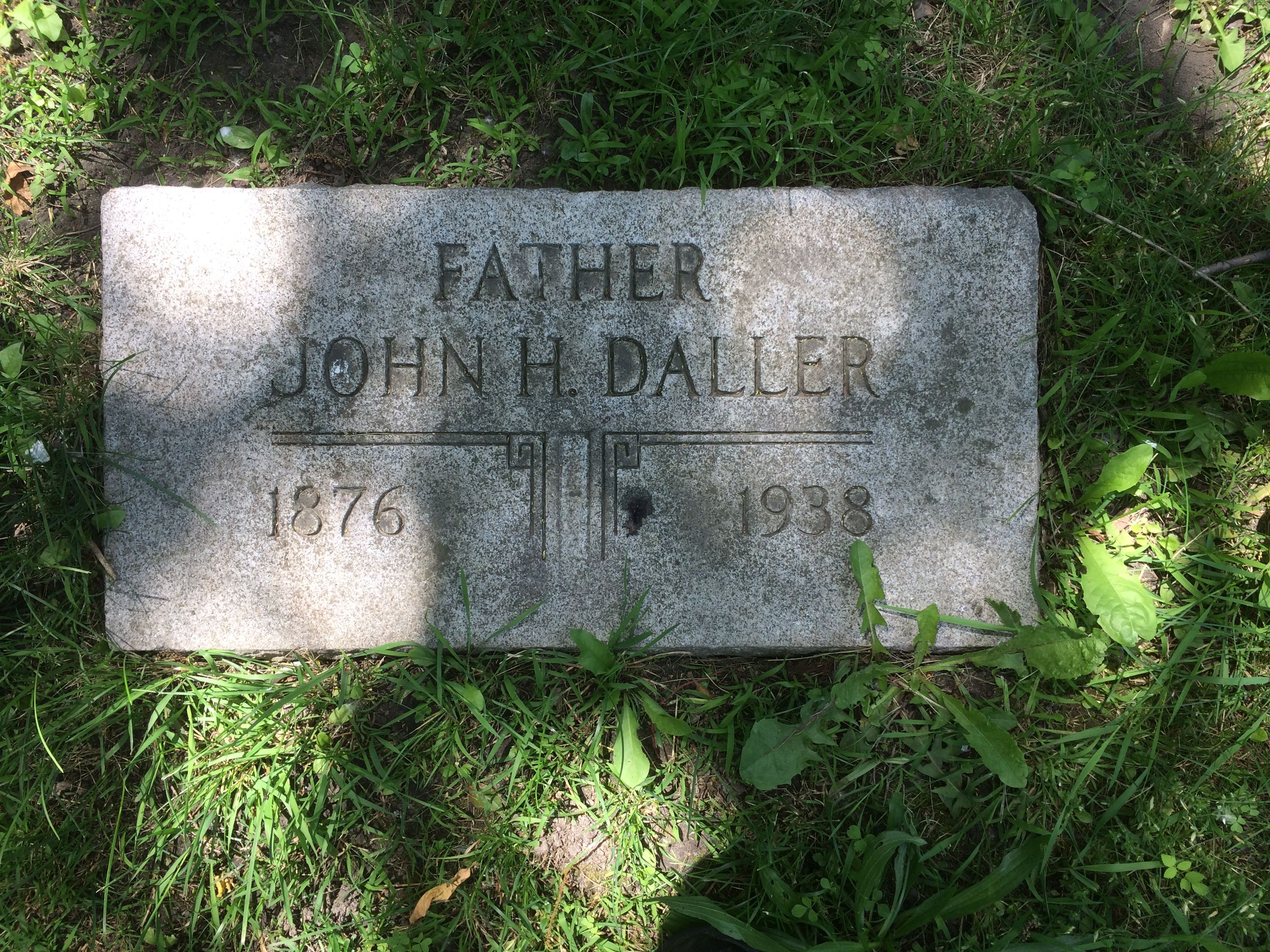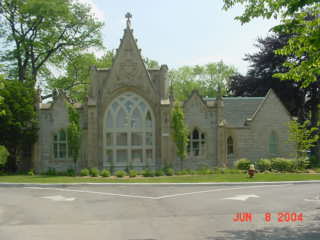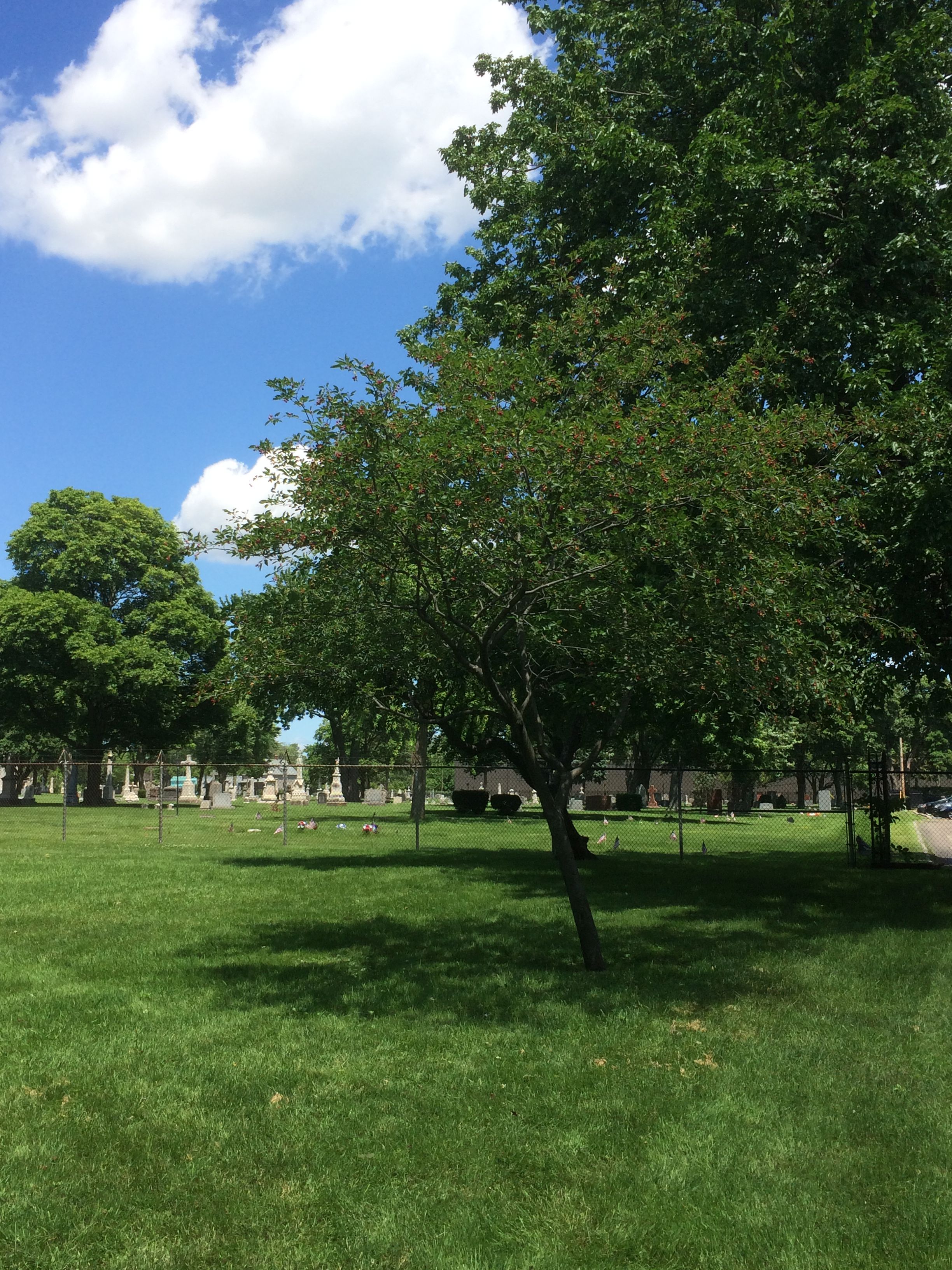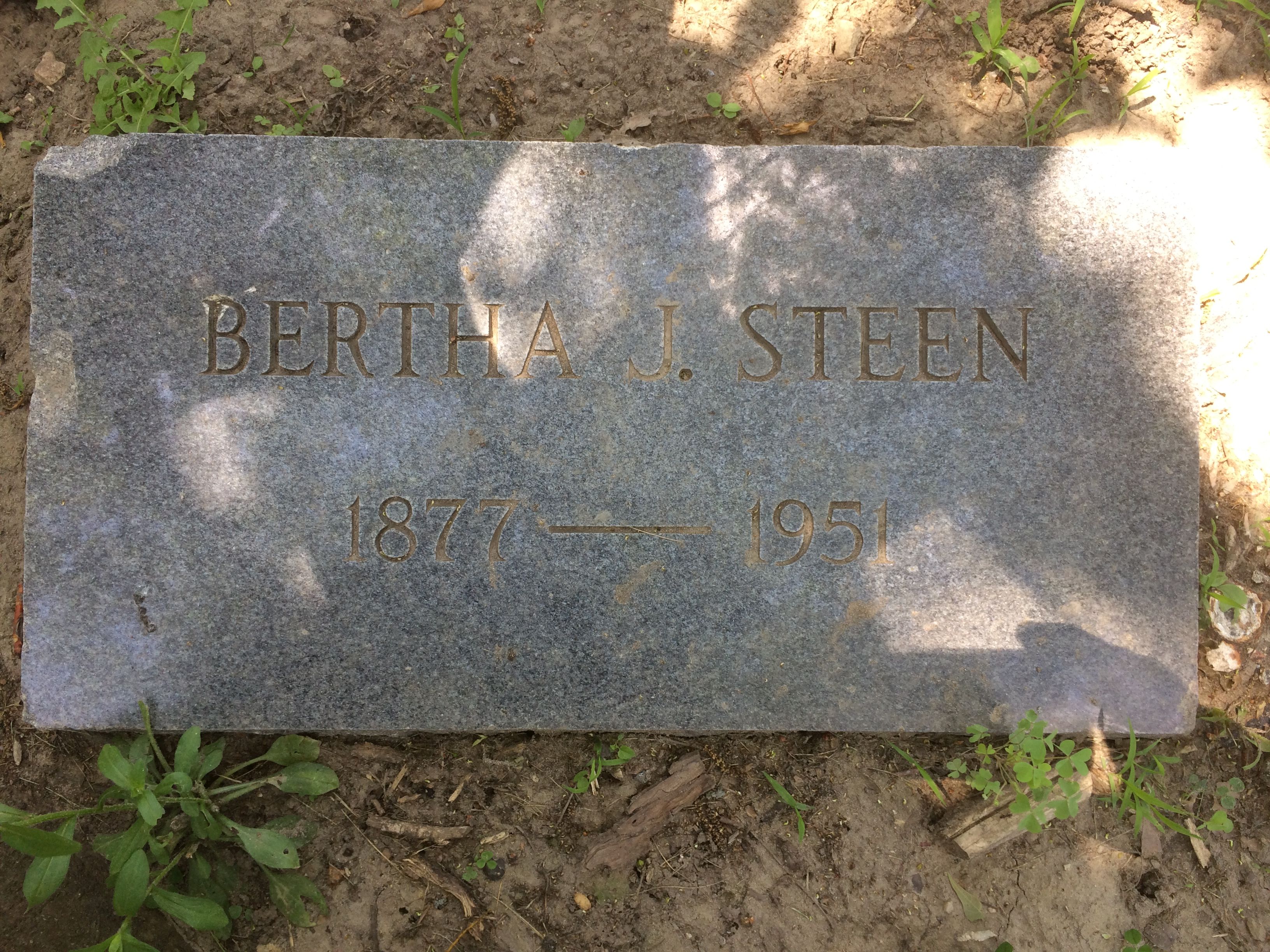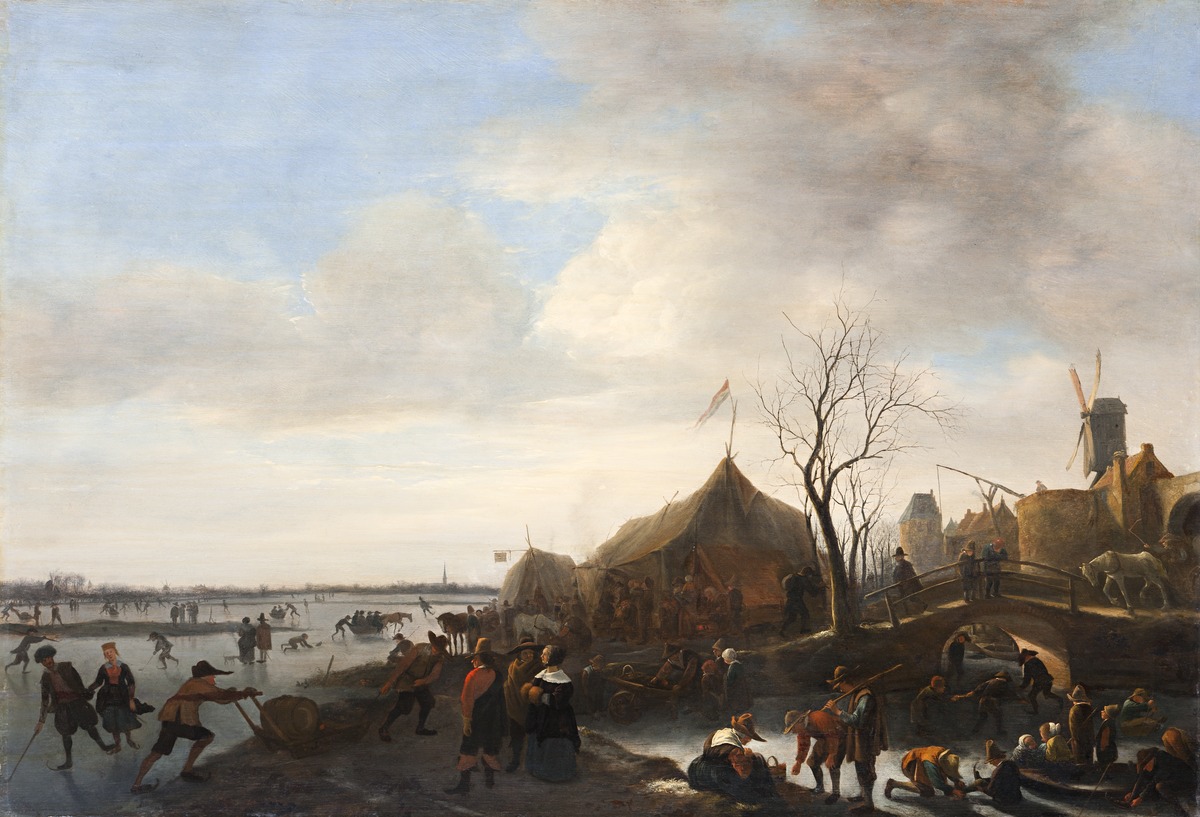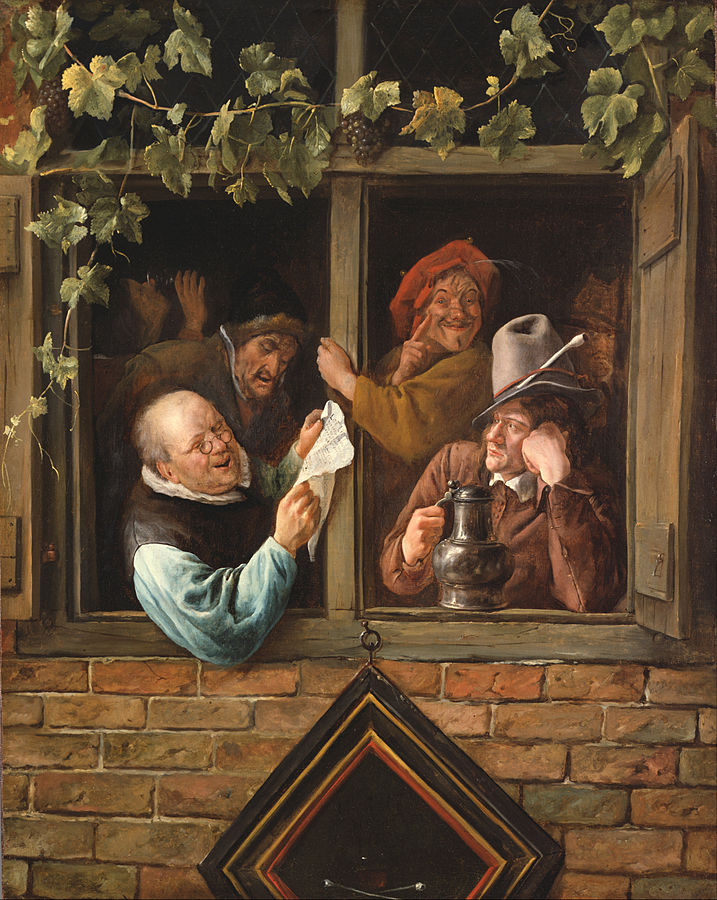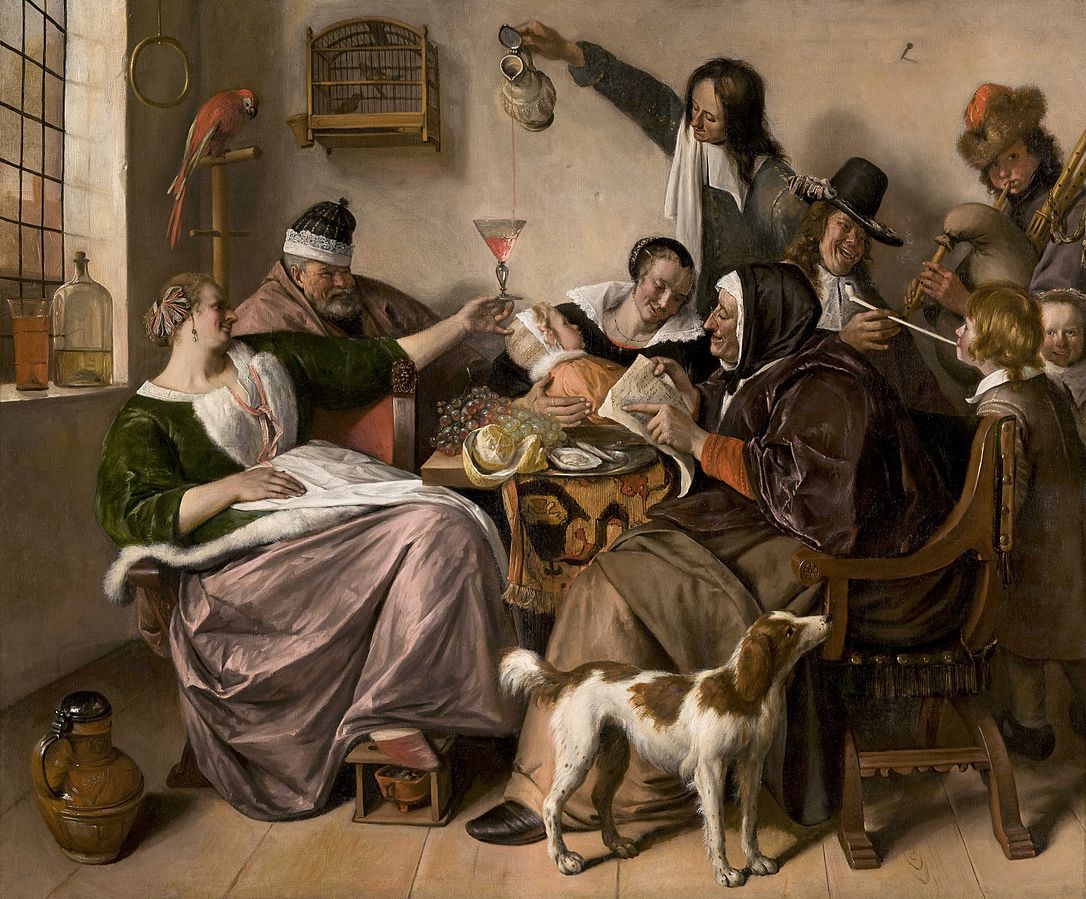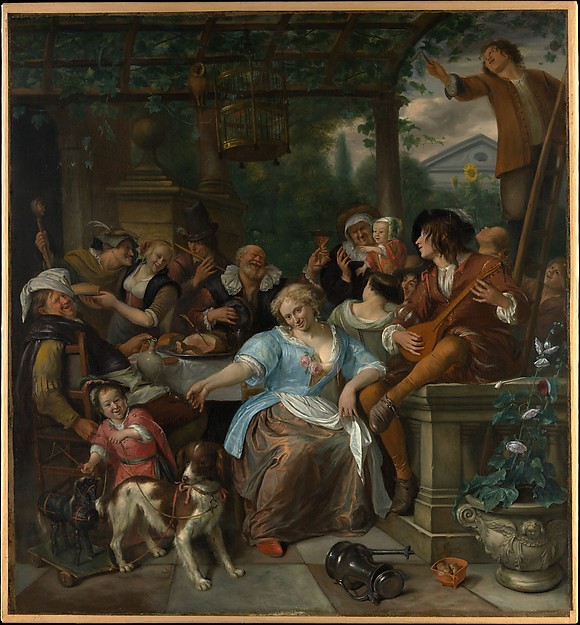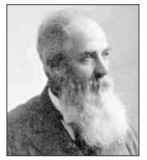Daller Family - some history
A few pictures I've recently acquired. I have many truly 'ancient' family pictures, even some daguerreotypes, that I would like to scan and add. Here's a few I discovered online:
Pictures of Family Silver
Denke nach - Think about
Uebungen im Zusammenseken - Exercises in collections
von - of
Tierbildern - Animal images
Aug. Specht - August Specht
Probably over 100 years old, no doubt brought from Germany by ancestors, this box of puzzles was given to my Dad, Donald Daller (1911 - 2001), then to me, Douglas Daller (1951- ). The shapes are so unlike modern jigsaw puzzles that it was a surprising and amazing experience to assemble. And the paintings are so rural and rich it took us back to a very different time and life experience.
August Specht, 1 August 1849 - 26 May 1923, was a German natural history painter from Lauffen am Neckar, about 60 miles from Horb am Neckar.
Pictures of gravestones, most taken June 22-25, 2019
Jan Havickszoon Steen
1626 - buried Feb 3, 1679
Born Leyden, The Netherlands
Died Leyden, The Netherlands
Remarkably, given the meager living he made from art, Jan Steen was the humorist among Dutch painters. He persevered, creating nearly eight hundred pictures, most with a moral beneath the wit. A prosperous brewer's son, Steen enrolled in Leyden University in 1646, but by 1648 he was helping to found the Leyden Guild of Saint Luke. His teachers may have included Nikolaus Knüpfer. Steen was not one to stay put; he lived in The Hague; Haarlem; Leyden, where he ran a tavern; and Delft, where he leased a brewery. He married Jan van Goyen's daughter.
Steen dated few paintings and frequently varied his style. His range included riotous tavern scenes and gentle lessons. His commonplace interiors with ordinary people look straightforward, but he usually included a moral, sometimes as an inscription. Allusions to old proverbs, emblems, literature, and the theater abound. A lifelong Catholic, he painted more than sixty religious pictures, usually treating them like incidents in seventeenth-century Holland and not holding back on the humanity or humor. Steen's skill in rendering light and texture rank him with Gerard ter Borch. He frequently portrayed himself in pictures--not necessarily flatteringly. The Dutch call a lively, untidy home a "Jan Steen household".
from J. Paul Getty Museum
Jan Havickszoon Steen (c. 1626 – buried 3 February 1679) was a Dutch genre painter of the 17th century (also known as the Dutch Golden Age). His works are known for their psychological insight, sense of humour and abundance of colour.
Daily life was Jan Steen's main pictorial theme. Many of the genre scenes he portrayed, as in The Feast of Saint Nicholas, are lively to the point of chaos and lustfulness, even so much that "a Jan Steen household", meaning a messy scene, became a Dutch proverb (een huishouden van Jan Steen). Subtle hints in his paintings seem to suggest that Steen meant to warn the viewer rather than invite him to copy this behaviour. Many of Steen's paintings bear references to old Dutch proverbs or literature. He often used members of his family as models, and painted quite a few self-portraits in which he showed no tendency of vanity.
Steen did not shy from other themes: he painted historical, mythological and religious scenes, portraits, still lifes and natural scenes. His portraits of children are famous. He is also well known for his mastery of light and attention to detail, most notably in Persian rugs and other textiles.
Steen was prolific, producing about 800 paintings, of which roughly 350 survive. His work was valued much by contemporaries and as a result he was reasonably well paid for his work.
from Wikipedia
Steen family
I've entered all the various data from many scraps and sheets of paper that my father collected into a database. I first started using software of my own design, then bought a commercial package, 'Family Tree Maker' (DOS, 5.25 floppy disks!), sometime in the late 80's. I printed out a complete set of data and charts for my Dad to show him that all the information he had collected was not lost, and that it was compiled into a complete, coherent picture. I hadn't done anything with the information for many years until I retrieved a backup file of the data and an old copy of the software. The software was being retired and no longer supported so I was happy I could export all the data from the propietary format to GEDCOM, an open standard format. I tried a couple of current software programs and then experimented with an open source program called Gramps which seems to be very detailed and technically advanced. Gramps has the capability of generating a website that I may be able to embed in this website which I haven't yet explored. But for now, I've copied the data to another open source website software called Webtrees that is very nice with a lot of attractive charts and navigation features. At present, this Webtrees website is view-only, I'm reserving all edit functions to the Gramps system on my PC.
Here is a link to this experimental site: Daller Family Tree.
Some of the families included are:
- Daller (27) - father's paternal family (Dain W., Douglas H., Donald J., John H., John A., Herman, Anton)
- Wiandt (78) - mother's paternal family, (John Thomas, Thomas Jefferson, Jesse)
- Weirich (67) - mother's maternal family, (Maude Ethel, Samuel P, Daniel W.)
- Sinz (35) - father's maternal family, (Emma Rosalia, Fridolin, Joseph)
- Poch (23) - father's maternal grandmother's family, (Augusta, August)




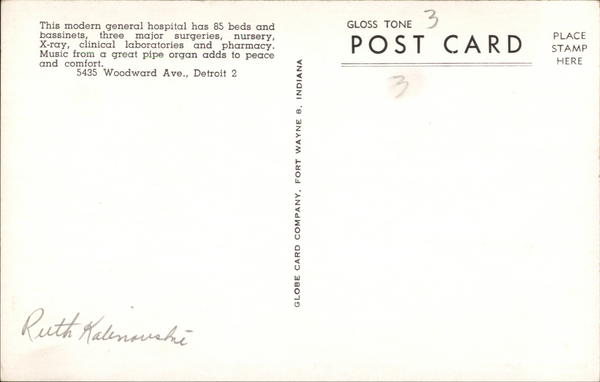




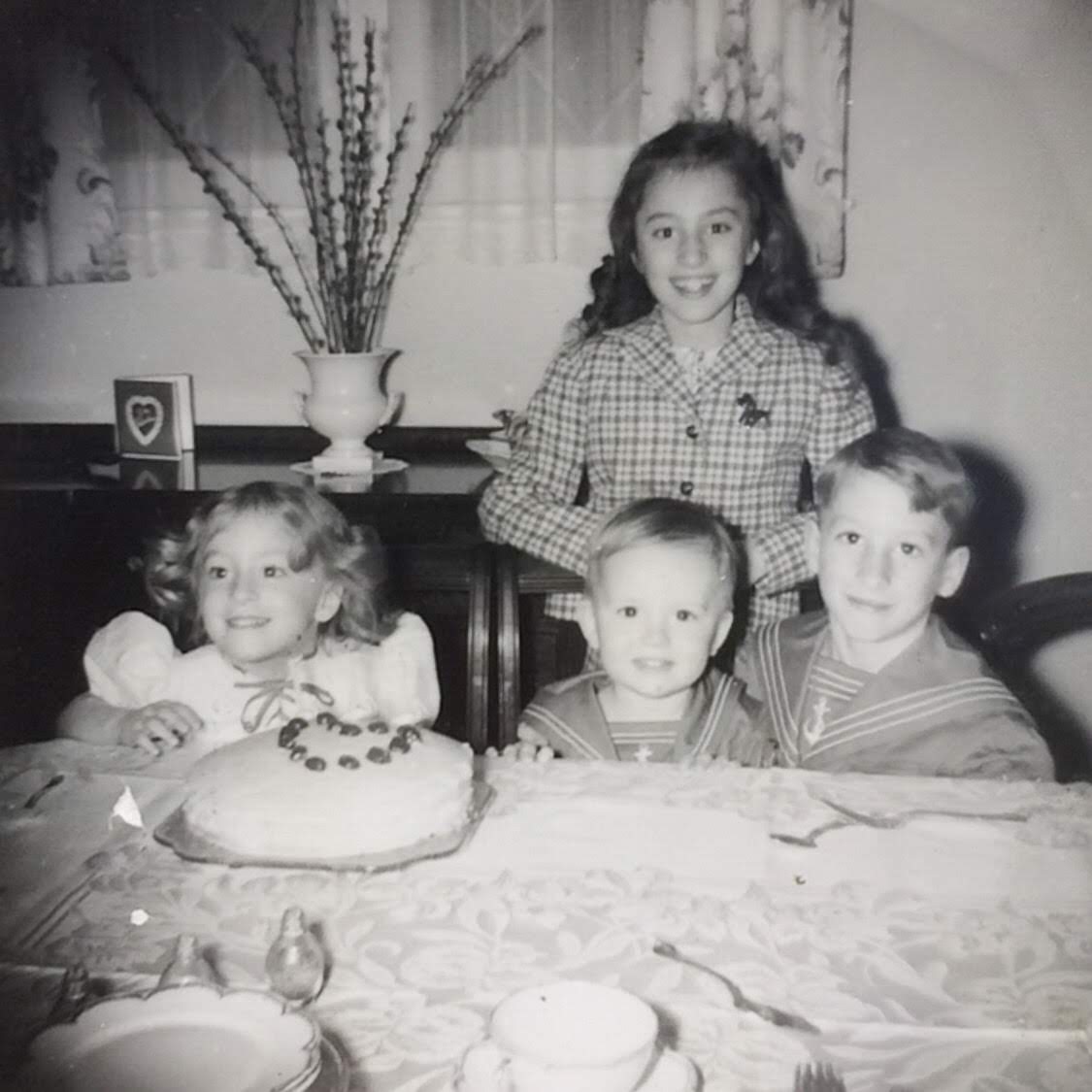

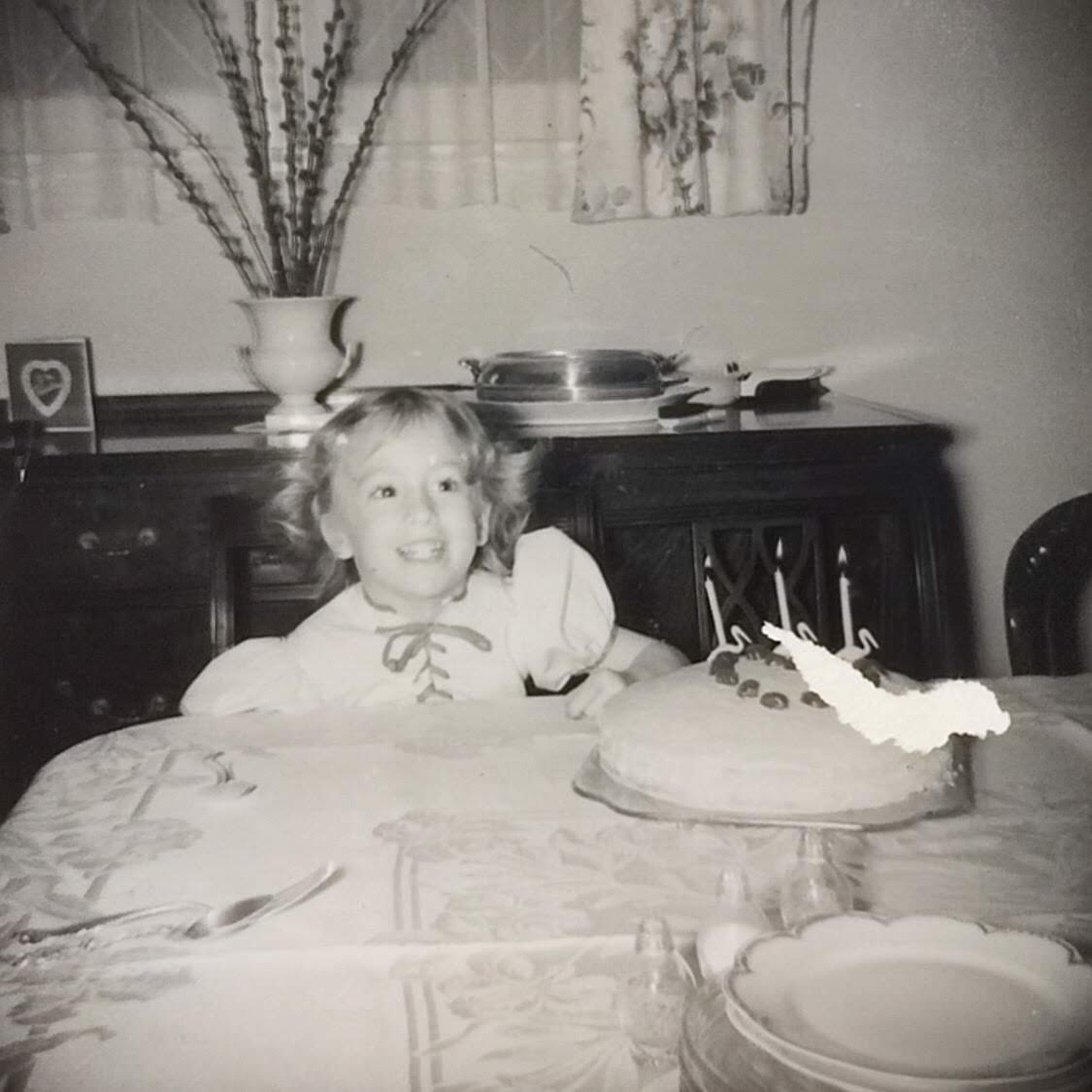


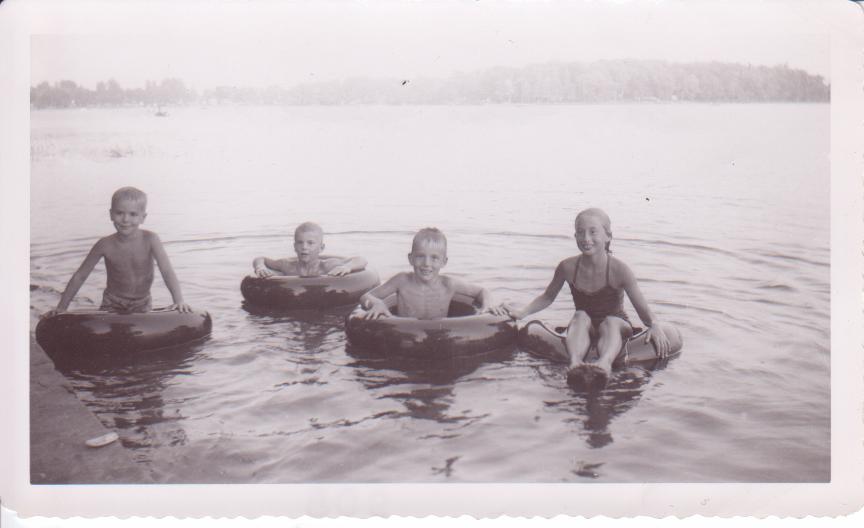





 Daller.jpg)
 Daller.jpg)










